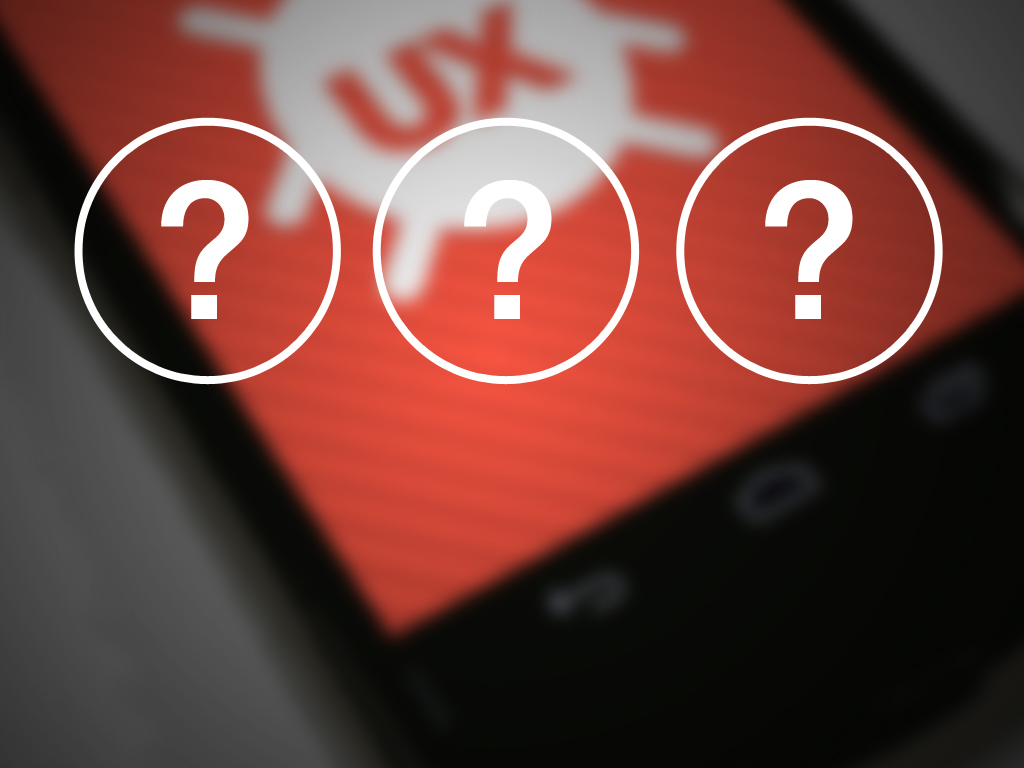Most companies don’t have a user experience (UX) team, and those that do, don’t have a clear UX strategy to guide their team’s efforts. Most companies merely treat UX as lipstick and miss the opportunity to define a UX strategy that creates a brandable user experience. While creating a branded UX isn’t difficult, it isn’t as easy as saying, “We are going to be known as the most user-friendly company in our space,” either. You don’t explicitly create a UX brand. It is a side effect of achieving an appropriate UX strategy.
Apple vs. Microsoft User Experience
Apple is one of the most recognizable companies to successfully create a brand through their user experience design. Interestingly, Microsoft also has a user experience brand, but I wouldn’t call it successful. Where most folks automatically associate “Apple” with “user-friendly,” Microsoft typically elicits quite the opposite effect.
Both companies have UX teams, so why the difference? Apple has a strategy. Microsoft? Not so much, I think.
Apple’s UX seems to be focused on simplifying things by optimizing for a single, best-practices approach to every task, while Microsoft seems to add every conceivable feature to the UI. The difference is that Apple’s approach makes even the most technophobic people successful while Microsoft’s designs are highly dependent on the skills and knowledge of each person.
Identifying An Appropriate UX Strategy
Which means, you must first identify an appropriate UX strategy.
What is a UX strategy? A strategy is defined more by the target users’ tasks or goals, rather than by the product.
For instance, Don Norman once said that people don’t want to use a Word Processor, they want to write a letter. A strategy defines how you expect to solve a problem, rather than define a solution.
FedEx Print Online Turns Print Jobs Into Big Profits

When redesigning the FedEx Print Online website, the UX strategy was defined by both the business objective and the users’ needs. FedEx had just acquired Kinko’s and needed to standardize a number of printing processes and enable users to successfully create their own print jobs. Those were the guiding directives that produced a strategy and drove the UX and UI design.
The resulting UX was a highly profitable and well-liked design that is still in use today. That strategy turned an unprofitable web experience into a $200M+ profit center.
The key difference between the previous and resulting UI’s was that the previous UI required consumers to be as knowledgeable as professional printers. The succeeding UI made consumers successful regardless of their knowledge level. This was a direct result of the standardization objective.
Consequently, the FedEx UX/UI has become the industry standard, self-printing approach. Clearly, a key indicator of a successful experience design.
ProFlowers Sells Occasions, Not Flowers

ProFlowers’ UX Strategy was defined around the notion that men don’t know enough about flowers to correctly build a bouquet. They just need the right flowers for a specific occasion.
“Proflowers doesn’t sell flowers, they sell occasions” became the guiding strategy. Their website is still organized around that strategy and they are one of the most successful sites on the web.
The resulting UX is “I won‘t make a mistake even though I don’t know anything about flowers.”
UX Strategy + Great UX Design = A Brandable UX Design
Usability is nice, but it, alone, won’t create a brandable user-experience that compels consumers to return to your site.
You must couple an appropriate UX strategy with a great UX design to achieve a brandable UX design. Only then will your UX become synonymous with your brand and build loyalty with consumers. Moreover, a UX strategy must be borne out of a balance of your product goals and marketing objectives.
Think of all the websites you’ve abandoned specifically because something in the UX wasn’t right. There are likely 10 times as many more sites that you have abandoned without realizing that a poor UX drove you away.
A good UX is not something consumers typically notice, but, like oxygen, they notice when it’s not there. Consumers perceive a UX brand, whether you design for it or not. With so much emphasis on branding, why leave it to chance?
Moreover, why leave it to your developers? Aren’t they the least likely group to really know your user and marketing objectives?
What are you doing to ensure you’re providing a great website experience to your consumers?


